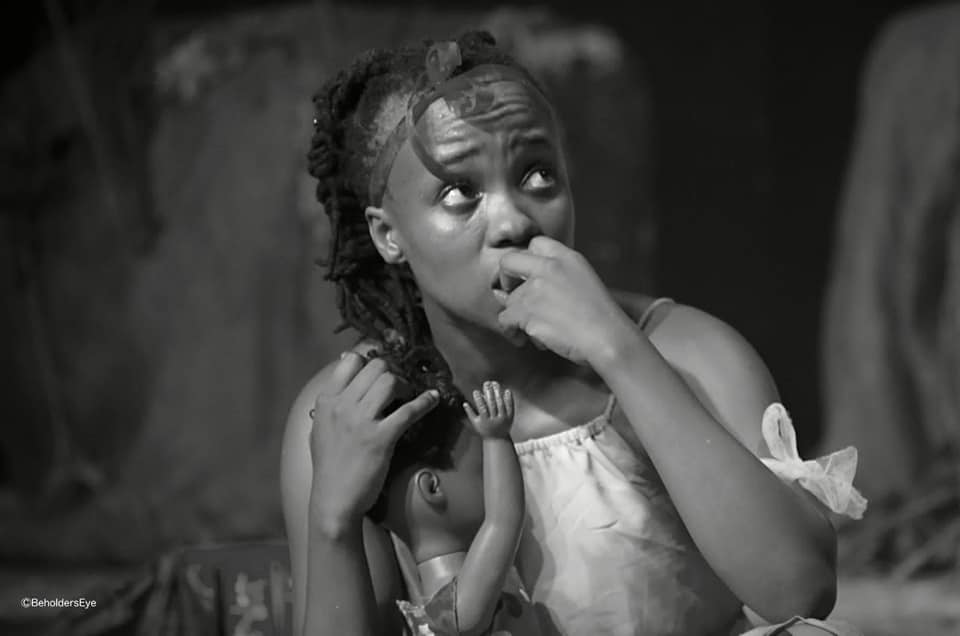THEATRE: Hiding in the dark
Review by KEREN BANZA
To the vultures hiding in the darkness, shielded by patriarchy, government systems deaf to the cries of their mothers, sisters, and children, and guarded by laws that persecute women rather than help them, “Get out of the darkness and show your face”.
Hiding in the Dark, directed by Moses Lechuti, holds up a mirror to the pandemic raging against women and children in South Africa, Gender Based Violence. It laments how our society has become a breeding ground for vultures who prey on women and children, snatching away their innocence, clawing into them so profoundly that their souls wander in darkness, never to find peace. Gone are the days when our children could play outside freely without the fear of no return. These predators use the darkness as cover –“monsters taking advantage of the dark” – to do as they please with little consequence. While women and children are left out in the open to be preyed on, trying to protect themselves and each other in a society that has abandoned them, wondering if they will be next.
Mannini Nkata is the show’s true star; performing solo on stage, she had the audience eating out of the palm of her hand. Every fabric of her body language and facial expressions echoes a little girl’s joy, sadness and thoughts. She completely transforms into her character. Nkata is not the one on stage but a young girl trying to survive the cruel, wild landscape the vultures have turned the world into. Her feelings of sadness, anger and grief feel raw and real because her voice, clearly projecting across the hall, holds such power and emotion. It is chilling to watch, yet it is impossible to look away. Her acting demands your attention, urging that you acknowledge and feel the little girl’s pain. The child has no name. She is every young girl who is losing their childhood to the darkness.
The ambiance and music compliment the acting on stage. The sounds of vultures, the cries of a child and the trembling of scared women introduce unseen characters into the story. Playing on the audience’s sense of hearing, these characters come to life. They feel ominous, a presence that is there but cannot be seen. The music, guitar strumming and singing led by Seleke Botsime, accompanies the girl as she manoeuvres across the harsh landscape, adding another dimension to the show and, in key moments of monologue, pushing the audience to listen attentively while also setting the tone. Props are incorporated cleverly, helping to drive the story along while giving life to more characters, making the stage feel full. Nkata interacts with the props impressively, and this together with the open spaces allow for world-building in the imagination of the audience as she moves along.
Hiding in the Dark is powerful, creative, and well-executed. It is showing at Glennie Hall, Victoria Girl’s Primary School, until Wednesday. For as long as GBV continues, there can never be too many art forms that touch on its impact. To say that its theme is overused or repetitive would be to normalize the existence of GBV. “There will never be peace until the light rises above the darkness,” the character says. We must make more noise about this issue, and Hiding in the Dark does just that.


